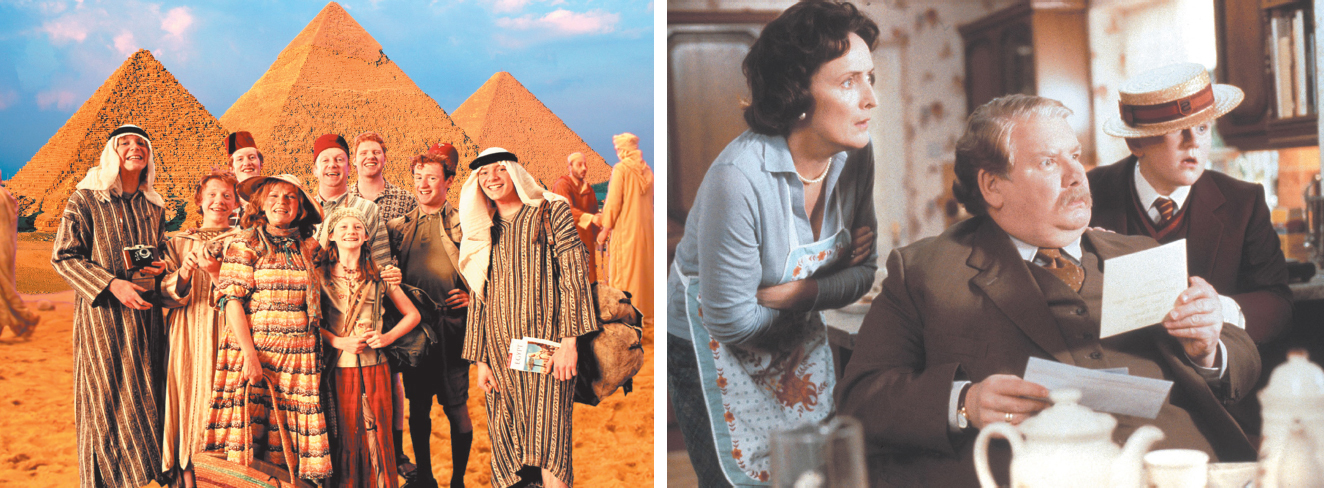10.2 Communicating in Families
Printed Page 329
Communicating in Families
Communication patterns determine how families converse
Few literary families rival the Weasleys from the Harry Potter series in terms of closeness and camaraderie.3 Their intimacy is shown through their communication: the importance they place upon sharing conversation and the diversity of topics available for discussion. When Harry first visits the Weasleys, he learns that the family is almost always together—and they actually enjoy each other's company! Few topics are off-limits. Mr. Weasley even talks about a subject loathsome to most magical people: the study of Muggles (nonmagical folk). "Mr. Weasley liked Harry to sit next to him at the dinner table so that he could bombard him with questions about life with the Muggles, asking him to explain how things like plugs and the postal service worked" (1999, p. 42). Harry, who has never experienced such intimacy and openness in a family, is awed: "This is the best house I've ever been in!" His life at home with the Dursleys is the complete opposite. There is little interest in sharing conversation, and they are fiercely incurious about activities or people outside of their own, narrow sphere of interests. Growing up, Harry learns "Don't ask questions—that was the first rule for a quiet life with the Dursleys" (1997, p. 20). Another rule discouraged bringing up unusual topics: "If there was one thing the Dursleys hate even more than [Harry's] asking questions, it was his talking about anything acting in a way it shouldn't, no matter if it was in a dream or even a cartoon" (p. 26).
Like the fictional Weasleys and Dursleys, our own families' communication is guided by shared beliefs about how families should converse. These beliefs, and the resulting interpersonal communication, are known as family communication patterns (Koerner & Fitzpatrick, 2002). Family communication patterns evolve from two communication dimensions, which we'll discuss next.
